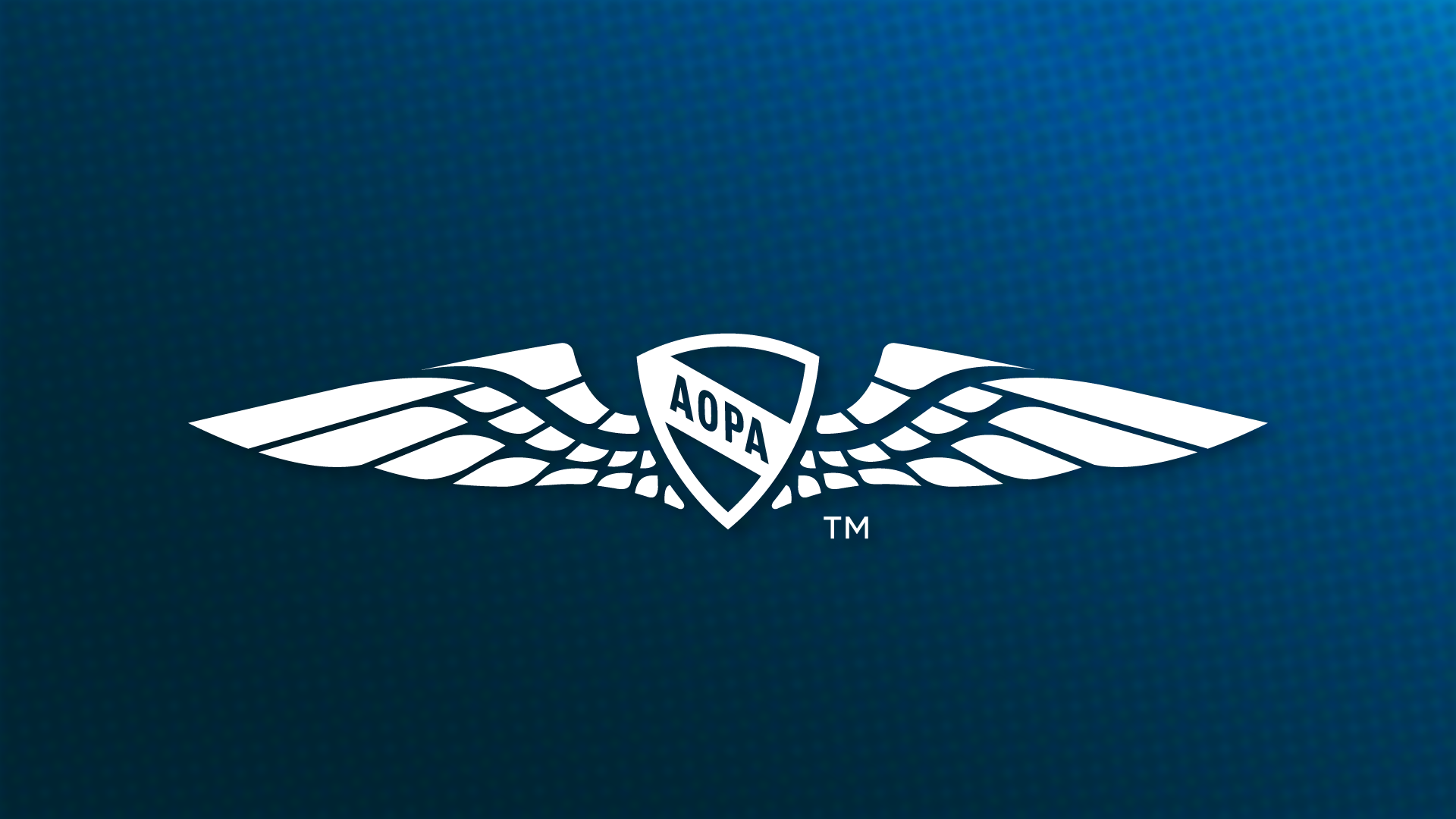"If you hurry, I think you can make it." Those were the last words from the briefer at the Raleigh Flight Service Station (FSS). We were talking about a little cell that popped up just off the North Carolina coast, and I agreed it should present no problems. Right.
I was ready to return home to Savannah, Georgia, after my annual golf outing to the Carolina coast. The Mooney was preflighted, clubs and gear were stowed, and the sky was a welcoming patchwork of scattered to broken cumulus clouds.
As I climbed away from Michael J. Smith Field in Beaufort, North Carolina, I entered the cloud base at 3,000 feet. I eventually was cleared to 6,000 feet and soon asked for 8,000, hoping that would put me above the quickly rising build-ups. This should have been a clue, but it didn't register at all with me.
As I was handed off to Wilmington Approach there was a center advisory for severe thunderstorms in the area. This certainly got my attention. The storms covered a line from Elizabeth City to Wilmington, North Carolina, to somewhere in central South Carolina — maybe Florence — and I was on the centerline. Sure enough, I could see the weather ahead building, seemingly to the east of my route, and maybe a little dead ahead. Since I had no weather-avoidance equipment on board the aircraft, I planned to stay visual and land if necessary.
As I approached Wilmington, I began dodging buildups — air traffic control's permission granted. For the first time I started feeling slightly concerned. There was quite a bit of chatter on the frequency, and I soon joined the jam session, asking Wilmington about the weather along my route. The controller suggested that a turn to the west might keep me out of the worst of it. Worst of it? I wanted to stay out of all of it. I thought of canceling my flight plan and turning west to land at the first airport I could find.
I checked in with Myrtle Beach Approach and looked over my shoulder toward my escape route to find it obscured by gray billowing cumulus clouds. I soon found myself in solid instrument conditions with light rain, light turbulence, and a rapid heartbeat. Again, I requested a higher altitude, this time 10,000 feet, and was cleared as requested. It became difficult to hold any altitude, so I requested a block altitude between 9,000 and 11,000 feet.
Fortunately, the ride never became rough enough to throw things around the cabin. The altitude excursions, although rapid — sometimes more than 1,000 feet per minute — were reasonably smooth. I could see the clouds brighten and assumed it was because of lightning. The pounding in my ears was caused more by my heart than by thunder. I had turned off the autopilot and had my hands pretty full.
I knew the storm was building to the west, so I thought it made sense to turn south: I might as well be headed for the nearest exit. I asked Myrtle Beach what the weather looked like to the south, and as near as the controller could tell, the precipitation would end in about 10 or 12 miles in that direction.
The controller then vectored me on a course to Charleston, South Carolina. I had reduced the airspeed to maneuvering speed earlier in the flight, so it would take a few minutes before I could hope to be safe and free of the storm. The temperature had dropped to 6 degrees Celsius. A bit chilly for the end of July, so I turned on the cabin heat.
It seemed much longer, but six or seven minutes later the storm spat me out on the south side. It wasn't a gradual escape — it was immediate: one minute in the thunderstorm, the next in totally clear blue sky. I've never been so glad to see blue sky in my life.
My heart rate slowed down and my breathing returned to normal. As my throat finally relaxed, I headed home to Savannah.
I had just learned firsthand how a slow-moving storm catches a fast-moving airplane. It's not how fast the storm moves — it's how fast it grows! I should have turned around at the first threat of this growing storm before it could engulf me. My only regret, if it can be called that, is I didn't turn to see what the storm looked like from the outside. I know one thing for sure. I don't ever want to see one from the inside again.
Ray Harrison, AOPA 1015160, is a freelance graphic designer and advertising copywriter. An instrument-rated commercial pilot, he owns a Mooney M20F in a partnership and has accumulated more than 1,000 hours during 25 years of flying.
An original "Never Again" story is published each month on AOPA Online. Additional information on thunderstorm avoidance is also available on AOPA Online.
"Never Again" is presented to enhance safety by providing a forum for pilots to learn from the experiences of others. Manuscripts should be typewritten, double-spaced, and sent to: Editor, AOPA Pilot, 421 Aviation Way, Frederick, Maryland 21701; or sent via e-mail to [email protected].


